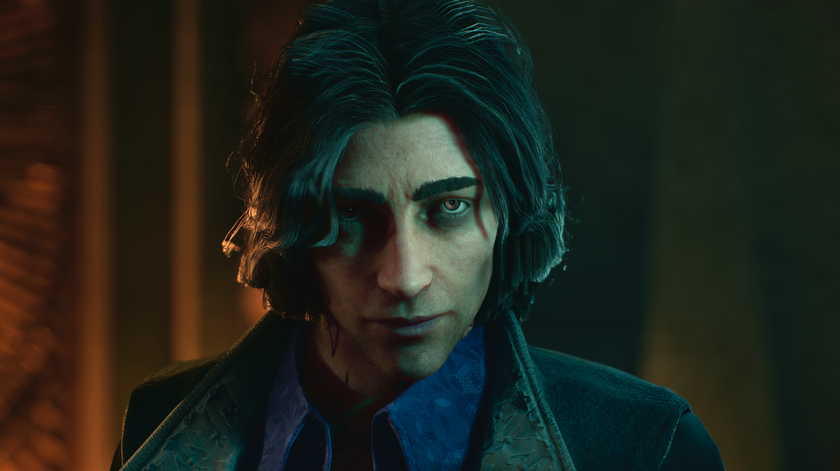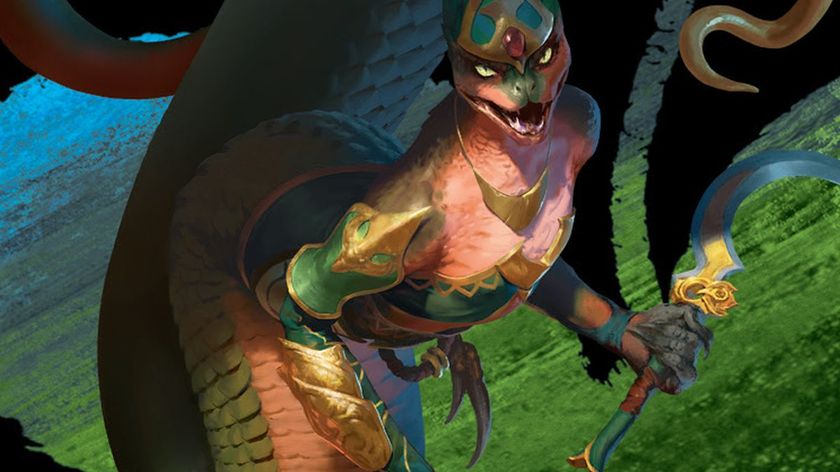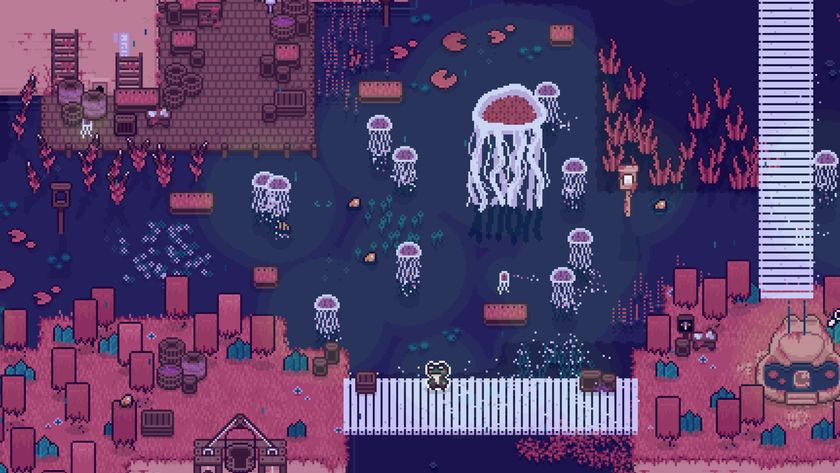A look at the thriving Dark Souls ASMR scene
Dark Souls ASMR is a thing, and we spoke to one if its creators.

The city of Lordran is not a very nice place. The decayed, moss-stained ramparts are populated exclusively by mindless undead, ornery dragons, forsaken soldiers, and obsidian-skinned demons. The capital of Anor Londo is home to a worthless, greedy class of gods who intend to hold onto their waning power until the flame goes out. Dark Souls is about subsisting under that threat forever; to thrive while being crushed by the impossible magnitude of mystery and razor-tight attack animations. So, naturally, I was surprised to find a three hour video of a man whispering strategies for each of the boss encounters in Dark Souls 3.
Sure enough, I had found the nexus of the Dark Souls ASMR scene. If you're somehow unfamiliar with the term, ASMR stands for autonomous sensory meridian response, which is a diagnosis of the tingling sense of satisfaction you might get when someone crinkles a plastic bag, or raps their fingernails against a piece of aluminum. YouTubers around the world have developed robust careers out of stoking those uncanny tingles in the minds of their viewers, and the videos can be pretty creative. (Here for instance, is an ASMR cyberpunk roleplay.) So I suppose it's not shocking that the culture found a home in Dark Souls, but it certainly makes you consider the degree of difficulty. I mean, black metal ASMR doesn't exist for a reason, right? (OK, PC Gamer associate editor James Davenport tells me it actually does exist. But my point still stands!)
That boss guide was recorded by a man who publishes work on a channel called The ASMR Review Show, and he's done similarly hushed walkthroughs for both Dark Souls 2 and Bloodborne (alongside his more traditional tranquilizing reviews for Marvel movies.) The man behind the curtain didn't respond to my request for comment, but that wasn't a problem because I quickly discovered that he was far from the only person working this gimmick. ASMR figurehead Ephemeral Rift did an extremely zen Let's Play for the first game in the series back in 2013, a YouTuber named Morpheus spent 20 minutes reading Dark Souls 2 item descriptions last year, and a Twitch streamer who goes by Nyanners recently completed a two hour broadcast where she listlessly recited the franchise's verbose Wiki for a captive audience.
However, by far the most famous, and most successful Dark Souls ASMR artist is AlternateAurora. Unlike the other people in her business, Aurora goes the extra mile by roleplaying characters from the series, thus recontextualizing them into doting, peaceful caretakers who have absolutely no interest in forcing you to do a lengthy corpse run. In one of her dispatches, she speaks on behalf of Crossbreed Priscilla, who you may remember as that outrageously annoying boss in the Painted World who has a bad habit of turning invisible in high-pressure moments. Of course, Aurora interprets Priscilla as a warm matriarch urging you back to sleep—someone with absolutely no interest in tearing you in two with her scythe.
You indulge a glint of happiness and hopefulness that's gone extinct in this dying realm.
Aurora writes all of her scripts herself by scrutinizing every scrap of dialogue and fan theory she can find of the character she's roleplaying. (She'll also occasionally pantomime her own homebrewed denizens within the Souls universe, which she says are the hardest to get right because, "When you don't have a template, it can be easy to stray too far.") In the past, Aurora taken the guise of the doll liaison in Bloodborne's Hunter's Dream, and the croaking undead merchant lying dormant and behind bars in the annals of the Undead Burg (the latter being one of the more radical risks she's taken as an ASMR creator).
I ask her where she's found so much inspiration for pacifying ambiance in this series—the calm moments that helped her shape the sedate, new-age meditation material amidst the 10-foot skeletons and wriggling mountains of flesh. Her answer made more sense to me than I expected. There's a euphoric reprise, she says, after you've fallen one of those titanic boss encounters, and your character finally discovers refuge at a hidden bonfire. You indulge a glint of happiness and hopefulness that's gone extinct in this dying realm, and you live to fight another day.
"The contrast between how difficult and oppressive some areas are compared to the more serene and quiet places you can find yourself in is amazing," says Aurora. "I'll never forget stumbling into Ash Lake for the first time, or how safe I felt at Firelink when I first found myself stumbling through the Burg. For me, the game really nailed its atmosphere and that's part of what makes it such a strong experience. You have all this suffering set up against the backdrop of a beautiful world and it just makes it that much more poignant."
The biggest gaming news, reviews and hardware deals
Keep up to date with the most important stories and the best deals, as picked by the PC Gamer team.
I'm currently about three quarters of the way through my first playthrough of Dark Souls. Most recently, my lonely knight fell to his death through a trapdoor full of carnivorous beasties in the hateful caverns of Lost Izalith. Everything I was taught about this game remains true; it's frustrating, the difficulty spikes are palpable and stringent, and you shouldn't expect to pick up on everything your first time through. That being said, I also kinda get where Aurora and other ASMR artists like her are coming from.
Breaking bread with Solaire, or taking a pregnant moment to admire the sun-bathed vista from Anor Londo—those are the moments that stand out in my head so far, and they're also the moments I yearn for the most. It is often said that Dark Souls was the game that forced this industry to reckon with what was lost as singleplayer campaigns became easier and obsequious. I suppose the same can be for ASMR, too. Sometimes you need a little pain to recognize the pleasure.

Luke Winkie is a freelance journalist and contributor to many publications, including PC Gamer, The New York Times, Gawker, Slate, and Mel Magazine. In between bouts of writing about Hearthstone, World of Warcraft and Twitch culture here on PC Gamer, Luke also publishes the newsletter On Posting. As a self-described "chronic poster," Luke has "spent hours deep-scrolling through surreptitious Likes tabs to uncover the root of intra-publication beef and broken down quote-tweet animosity like it’s Super Bowl tape." When he graduated from journalism school, he had no idea how bad it was going to get.
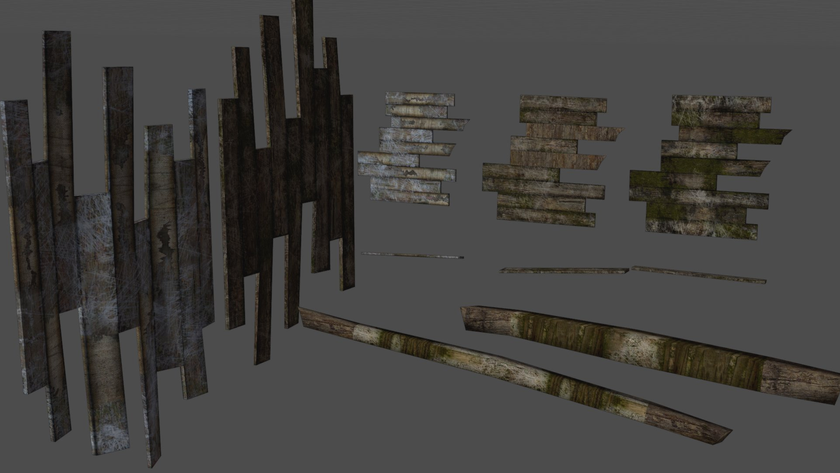
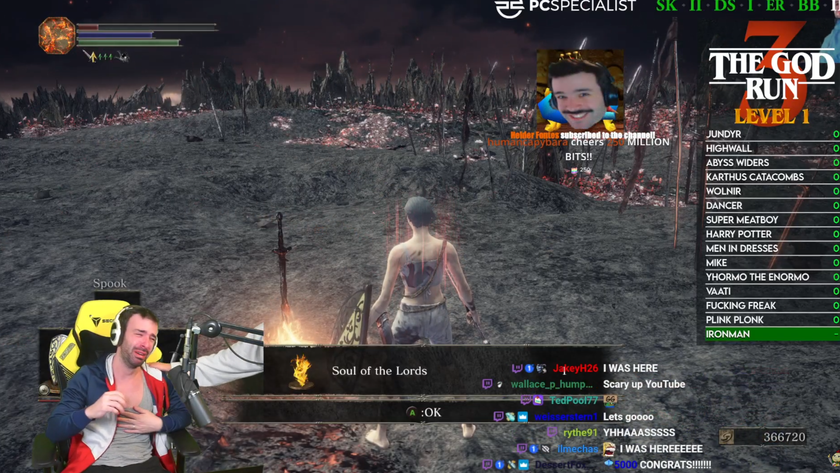
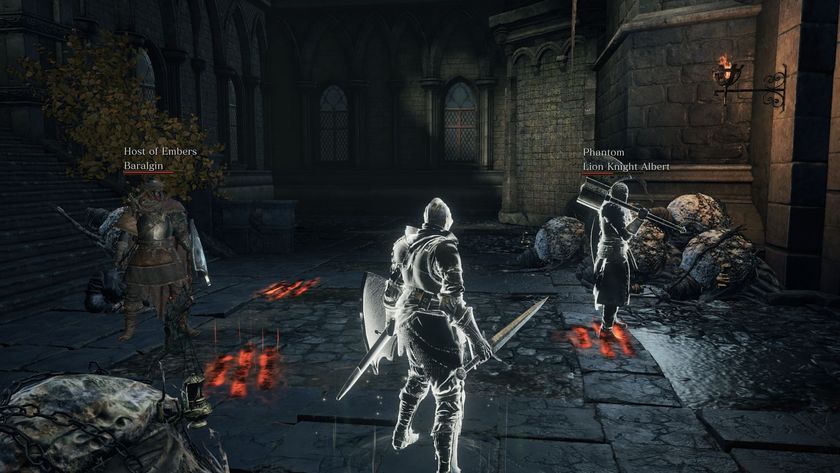
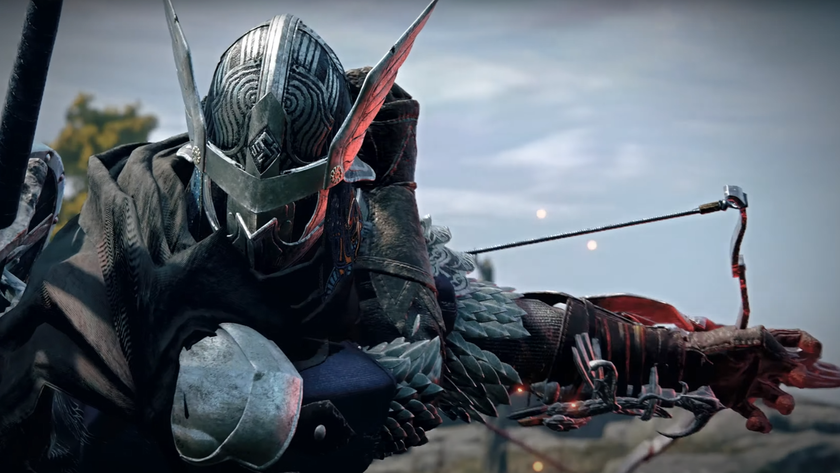
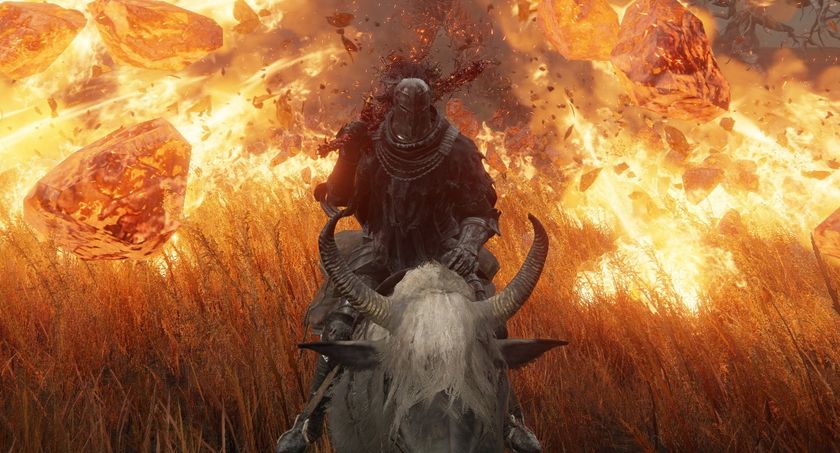
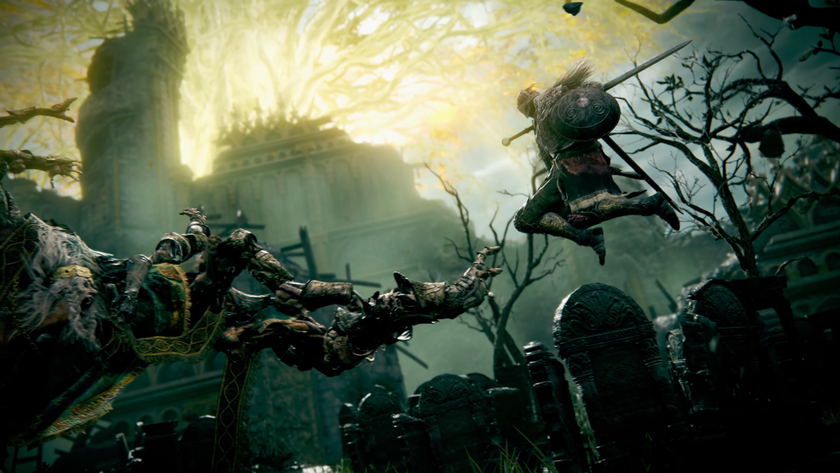
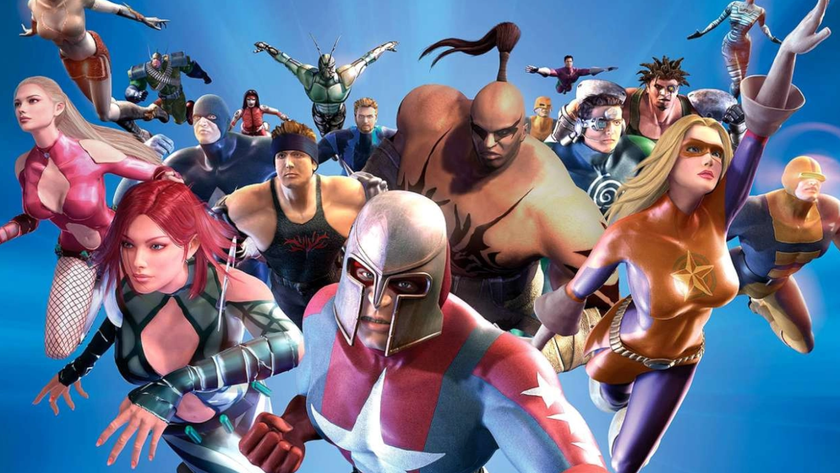
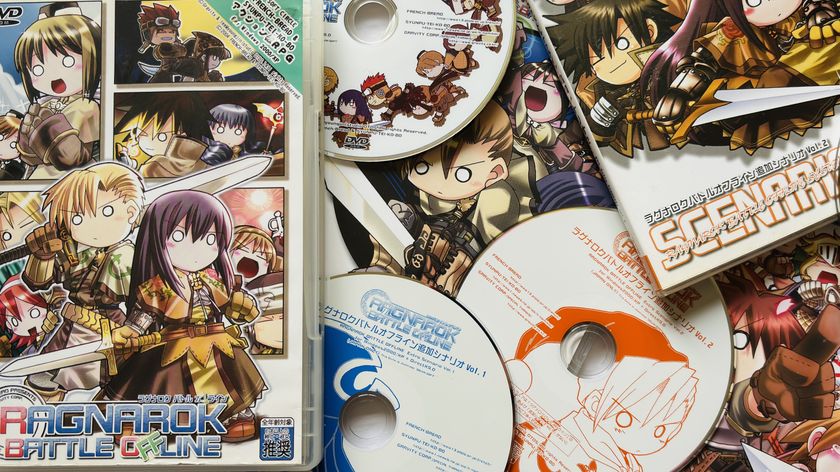
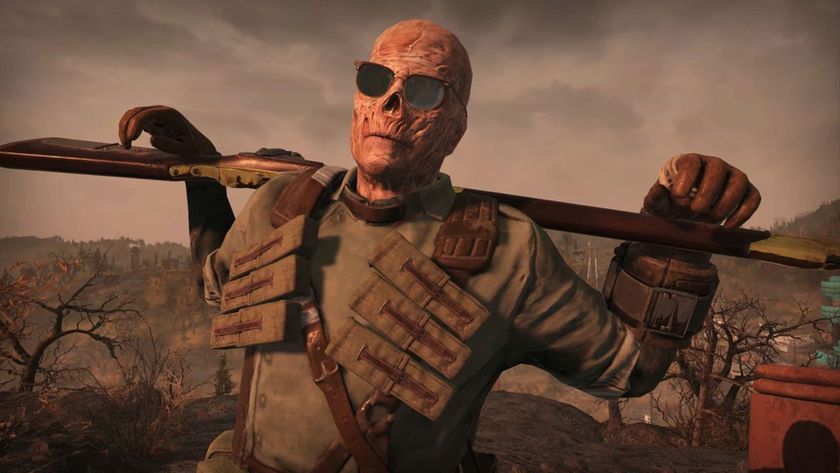

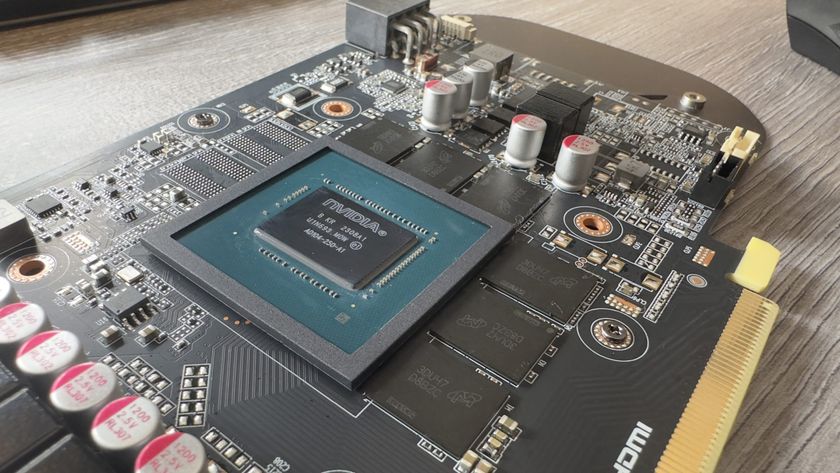


The co-creator of Dark Souls' most ambitious mod resurfaces to inform me that Blighttown, source of my nightmares, was cobbled together with '10 bits of wood'

Streamer achieves git gud godhood by beating all mainline Souls games at level 1, back to back, without getting hit—then explodes into tears of relief
